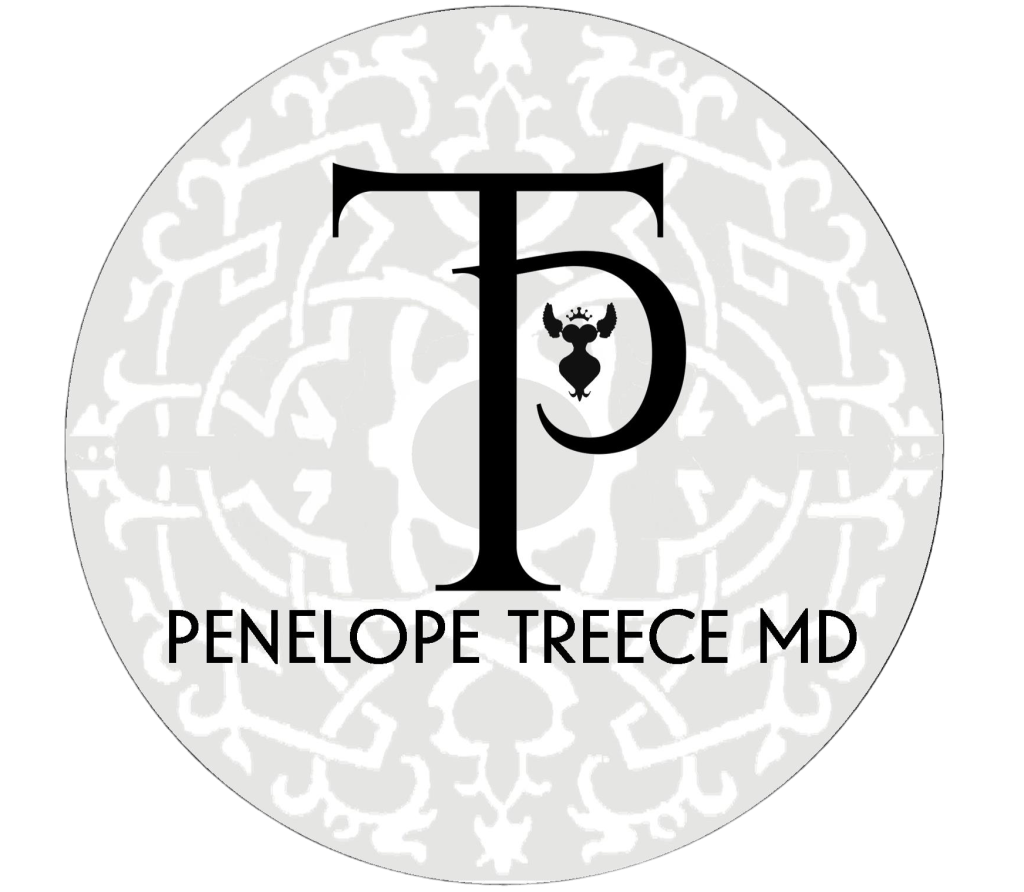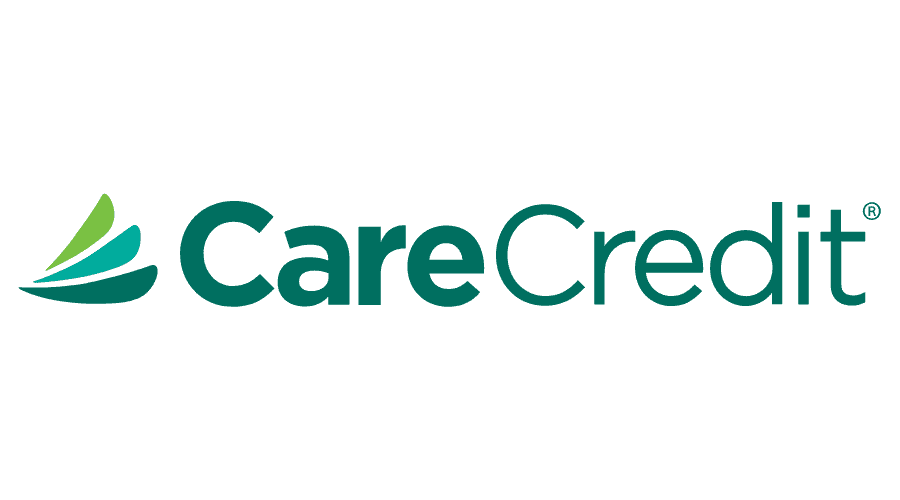
Navigating Healthcare: MDs vs. NPs – Dr. Treece Unveils the Differences
Introduction
Touching Base
Welcome back, fellow healthcare aficionados! Our journey continues as we set sail through the zigzaggy legal landscape of Nurse Practitioners (NPs) in the enchanting state of Louisiana. If you’re just joining us, you missed the epic saga of Part 1 where we uncovered the wild disparities between Medical Doctors (MDs) and Nurse Practitioners (NPs). We ventured through the arduous training paths of MDs, comparing their intricate medical residency to the diverse, less experienced routes that NPs navigate. It was a rollercoaster of insights, revealing mind-boggling revelations that left us questioning how the gap between the two medical professionals has narrowed so much. Grab your legal compass and let’s unravel how NPs are allowed to practice in the Pelican State.
Part 1 Encore: A Recap of Training Odyssey
In Part 1, we lifted the curtain on the four-year medical school marathon that MDs endure – intensive classes, grueling clinicals, and the monumental United States Medical Licensing Exam (USMLE). On the flip side, we discovered the varied routes NPs embark on, from Bachelor of Science in Nursing to a master’s or doctorate degree, navigating the winding roads each medical professional embarks on.
And just when you thought it couldn’t get more riveting, we explored the residency phase – a rigorous, heart-pounding journey for MDs, contrasting with the hands-on clinical training and specialized tests for NPs. While there were some similarities, it was a symphony of contrasts in reference to qualifications and certifications, an eye-opener into the world of medical education.
We also compared the costs of education for MDs and how much higher it was than that of an NP, pointing to the unfairness of positions and legal capabilities that NPs have. And we delved into the disparities between insurance costs. All this to say that there is lack in patient empowerment when the disparities are this high, leading to misdiagnoses and even fatal ends.
Now, armed with the wisdom of Part 1, let’s dive into Part 2 – where the legal saga unfolds in the soul-stirring state of Louisiana.
State-Specific Symphony
Deciphering the Louisiana Legal Score
Louisiana’s legal framework is akin to a complex musical composition, guiding NP practice through a carefully orchestrated dance. However, as the notes of collaboration play, the lingering concern echoes – are NPs equipped to handle the intricacies of patient care without the extensive training of their MD counterparts?
In this vibrant state, the collaborative practice agreement defines the rhythm of healthcare. Yet, questions arise: Does collaboration suffice when facing complex medical scenarios? Can the diverse expertise of MDs be substituted by a collaborative tango with NPs?
Bayou Collaboration
The Art of Team-Based Practice
In the collaborative ballet of healthcare, NPs and MDs in Louisiana engage in a strategic partnership outlined by a collaborative practice agreement. It’s not a restrictive tango; it’s what some describe as a well-choreographed routine that ensures patient care pirouettes seamlessly between the specialized expertise of NPs and the depth of knowledge possessed by their physician counterparts.
However, the Collaborative Practice Agreement (CPA) between nurse practitioners and physicians in Louisiana has been a topic of debate within the healthcare community. While some argue that it enhances access to care and improves efficiency, others have raised concerns about certain aspects.
One criticism is that the current regulations might not provide sufficient clarity on the roles and responsibilities of NPs and MDs in collaborative practice. Ambiguities in defining the scope of practice and the level of autonomy for NPs could lead to misunderstandings and potential conflicts.
It’s essential to recognize that opinions on the Collaborative Practice Agreement can vary, and ongoing discussions within the healthcare community may lead to potential revisions or updates to address these criticisms.
Prescription Power Play
Navigating the Medication Maze
The prescription pad, a canvas of care, holds the power to heal. In Louisiana, NPs wield this authority, but it’s no free-for-all. Guided by specific guidelines and protocols, NPs and their supervising physicians must coordinate medication management. Still, the laws allowing nurse practitioners (NPs) to have prescription authority have faced criticism from various perspectives within the healthcare community. Here are some common concerns:
- Training and Education Disparities: Once again, we see critics argue that the educational and training differences between NPs and physicians might pose a risk when it comes to prescribing medications. Physicians undergo more extensive education and clinical training, and some argue that this gap could impact the quality and safety of prescriptions.
- Patient Safety Concerns: Some critics express concerns about patient safety, emphasizing the potential risks associated with NPs prescribing medications without direct oversight from a physician. They argue that physicians, with their additional training, can provide a higher level of expertise in complex cases and diagnosis, potentially minimizing risks associated with prescription errors.
- Lack of Continuity of Care: Another criticism revolves around the potential fragmentation of care. Some argue that allowing NPs to prescribe medications independently may lead to a lack of continuity in patient care, especially when patients see both NPs and physicians. This fragmentation could impact the coordination of treatment plans and the overall quality of patient care.
- Pharmaceutical Influence: Critics also raise concerns about the possibility of NPs being influenced by pharmaceutical companies when prescribing medications. They argue that with independent prescribing authority, there might be an increased risk of overprescribing or favoring certain medications based on marketing efforts rather than the best interests of the patient.
Again, it’s important to note that these criticisms are not universally accepted, and there are ongoing debates within the healthcare community about the appropriate scope of practice for nurse practitioners. Many NPs, policymakers, and patient advocacy groups argue that expanding their prescribing authority helps improve access to care, especially in areas with physician shortages. The discussions around these laws often involve finding a balance between ensuring patient safety and expanding healthcare access. Here at Southern Aesthetics, we too align with the criticisms of this power being given to NPs.
Specialty Spotlight
NPs with a Cajun Flair?
Louisiana’s vibrant healthcare tapestry allows NPs to specialize in various areas. From family practice to pediatrics and women’s health, NPs in the state embrace the diversity of their roles. Yet, the collaborative agreement serves as a reminder that, in the face of complex medical scenarios, seeking support from supervising physicians ensures the highest quality of care. Now, I am okay with the specialization across the board, but Hint! Hint!, it is hard to know what you don’t know!
Cosmetic Conundrums
Botox, Fillers, and the Legal Rhythm
As our exploration extends into the realm of cosmetic healthcare, the spotlight intensifies. Specifically, the eyebrow-raising authorization that allows Nurse Practitioners (NPs) to wield the syringe in the world of Botox and Fillers. The Bayou State might be known for its lively culture, but the legal landscape governing cosmetic injections is a topic that deserves a closer, critical examination.
Botox: Where’s the Fine Line?
Now, let’s dissect the legal ballet that allows NPs in Louisiana to administer Botox. On the surface, it might seem like a harmonious fusion of medical expertise and aesthetic finesse. However, the question looms: can NPs truly match the precision and depth of understanding that comes with years of specialized training, the kind that MDs go through?
The injection of neurotoxins like Botox demands more than just knowledge of facial anatomy; it requires an intimate understanding of potential complications, nuanced patient assessments, and the ability to navigate unexpected outcomes. Does the legal authorization for NPs to engage in this delicate dance raise concerns about patient safety and the potential for adverse events?
Fillers: Aesthetic Artistry or Legal Quagmire?
Now, let’s turn our critical eye to the realm of dermal fillers. While Louisiana extends the privilege to NPs, the legal landscape here is a bit like traversing a swamp – murky and full of hidden complexities. Injecting fillers isn’t merely about enhancing features; it’s a sophisticated blend of artistry and medical knowledge.
MDs specializing in cosmetic procedures undergo extensive training in the nuanced use of fillers, ensuring not just aesthetic enhancement but also addressing structural concerns and potential risks. Does the legal green light for NPs to wield the syringe in this arena overlook the intricate skills and knowledge that MDs bring to the table? And more importantly, does it expose patients to potential pitfalls in pursuit of aesthetic aspirations?
Why It’s So Important
Patient Safety or Legal Convenience?
As we unravel the layers of legal authorization for NPs in cosmetic procedures, a critical question surfaces: is this a genuine acknowledgment of their capabilities or a compromise driven by expediency? Cosmetic injections involve not only the pursuit of beauty but also the responsibility to safeguard patients from potential pitfalls.
MDs, with their extensive training and specialization in cosmetic surgery, bear the weight of ensuring not just aesthetic appeal but also patient well-being. Does extending similar privileges to NPs compromise this delicate balance? Does it blur the lines between medical expertise and the art of aesthetic enhancement?
Raising the Critical Needle
In the world of cosmetic injections, and other cosmetic procedures, Louisiana’s legal stance invites scrutiny. The authorization for NPs to perform Botox and fillers raises valid concerns about patient safety, the depth of expertise required for such procedures, and the potential impact on overall healthcare standards.
While the legal landscape might suggest equality in practice, it’s crucial to critically assess whether this is a reflection of genuine competence or a patchwork compromise. The needle of scrutiny, much like the syringe in question, pierces through the layers, urging us to question whether the legal convenience of NPs administering Botox and fillers, for example, truly serves the best interests of patient care.
The Bayou Beat Goes On
Advocating for Informed Practices
In conclusion, Louisiana’s legal tapestry shapes cosmetic practices in a way that gives rise to a multitude of questions and concerns between what MDs and NPs bring to the healthcare stage. Aside from injectables, NPs are also allowed to perform laser treatments, chemical peels, microdermabrasions, non-invasive body contouring, and other typical cosmetic procedures. As we advocate for enhanced healthcare practices, staying informed about the legal nuances empowers both MDs and patients alike.

